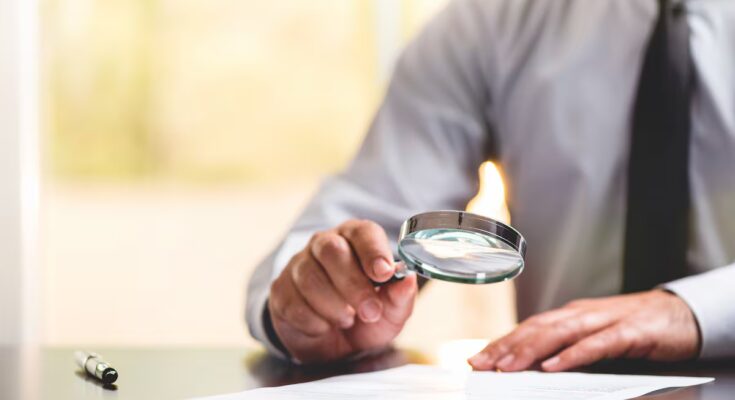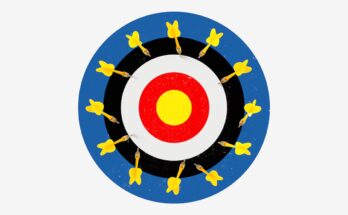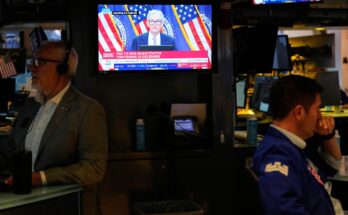A few months ago, the Central Administrative Court of Contract Resources forced a contracting entity to re-evaluate an offer signed with a “scribble”. The court raised doubts about the “illegible graphics” of the signature, affixed to a contract worth over 120 thousand euros. This is just one example of the document management risks that flood the Administration’s archives and move enormous amounts of money. The work of experts, crucial to unmasking cheaters, faces the challenge of ferreting out scammers false almost perfect artificial intelligence (AI).
Currently, the electronic signature, together with the thousands of documents signed manually and transferred (or not) to computer media, are subject to serious risks of falsification. In the words of Miriam Company, associate attorney at Molins Criminal Defense, “the ease with which artificial intelligence has altered our perception of reality is reflected in the criminal field.” The lawyer recalls a recent case of fake receipts “created with artificial intelligence, which attempted to deceive companies. The simulated receipts had a level of realism that could fool expert auditors.”
In this scenario, experts, trained to identify fake signatures, are facing unprecedented challenges. Traditional writing tests coexist with sophisticated computer skills. As Òscar Jiménez, IT expert at the company Òscar Jiménez Digital Forensics, explains, “many signatures are digitized or embedded in electronic documents”, therefore “the study is the responsibility of computer forensics”. The expert recalls a dispute in which these techniques were crucial regarding a PDF contract that digitally included two signatures: “Forensic examination of the file allowed us to determine exactly the date and time at which each signature was affixed.” On other occasions, he says, digital manipulation can hide “an image copied and pasted from another document.”
Technology is gaining ground. According to Mateo Juan Gómez, managing partner of Buades Legal, the situation will be complicated in court. Artificial intelligence will force the examination of “altered audio recordings, modified or even entirely generated photographs”. Signatures are no exception. After all, he reasons, “what is a signature if not an image, presumably captured in handwritten form?” The lawyer calls for more “mechanisms to identify the falsification of supporting documents, even if this is carried out with a realism that is almost impossible to detect with the naked eye”. Perhaps the solution must be sought at the origin of the problem, he says: “If AI is capable of generating falsification, it must also be capable of identifying it.”
The work of the calligraphy expert is essential to discover fraud. These professionals, explains Fernando F. Ruiz, president of the National Association of Graphics and Documentoscopy Experts (ANPEC), “analyze the writing of any person to find those graphic characteristics that are intrinsic to it”, that is, “the gestures that the individual constantly repeats in his graphics and which are of an involuntary and unconscious nature”. In this task, he adds, “the more characteristics are detected and the less visible they are to the potential forger, the greater the value they will have for the expert”.
Currently, writing tests are used for a wide spectrum of problems. Among these, Mateo Juan lists trade credit litigation, where the authenticity of payment receipts is discussed. The expert also uses these reports in cases of opposition to the exchange process – a process used, among others, to cash checks – since “the legislation recognizes the falsity of the signature as a cause for opposition”. Likewise, handwritten evidence is common in “eviction proceedings where the existence of a tenancy title, inheritance with holographic wills and a long etcetera is used,” he adds.
For the counterfeiter, the consequences of deception are unpredictable: anyone who cheats to avoid paying can end up in prison. The penalty for falsifying documents ranges from six months to six years in prison, and many of these criminal cases arise from evidence provided in a civil collections case. This is confirmed by the Miriam Company, accustomed to supporting criminal proceedings that originated in previous claims before the civil jurisdiction.
Calligraphers, like other experts, can be appointed by the judge or work on behalf of an individual. In the first case they must register in the official lists of the courts, a procedure for which associations such as ANPEC are responsible. When the judicial body requests an expert, it chooses him by drawing lots from the list.
More delicate is the expert opinion of a party, which prepares a report to be used in court. The other party is usually the first to raise suspicions. The president of ANPEC, who staunchly defends the group’s neutrality, underlines this forcefully: “The expert cannot prepare a report to satisfy a question.” Ruiz complains that “many times, when we work as party experts, the Justice Administration gives us less truthfulness than the official expert, when this should never be the case.”
Lawyers are aware of the problem. For Miriam Company, objectivity is the “great Achilles heel”. And, he underlines, “it is normal for two contradictory opinions of experts to coexist” regarding the authenticity of a signature. The judge, in the end, “must use his healthy criticism to choose one relationship or another.” In reality, the lawyer reflects, the reports do not lack objectivity: “Science does not offer absolute certainties, but conclusions based on technical and probabilistic criteria”.
The honesty of the expert
Lawyer Mateo Juan recalls a conflict in which a potential client denied having signed a debt acknowledgment document. The success of the case depended on the authenticity of the address book. However, the lawyer instructed an expert who confirmed his suspicions: “The opinion established that the handwritten statements of the document and the signature had indeed been given by my client, contrary to what he had perjured himself.” Finally, the aforementioned confessed to having signed the document with a scribble and then defended that it was not his signature. The expert did an impeccable job and avoided major damage.



